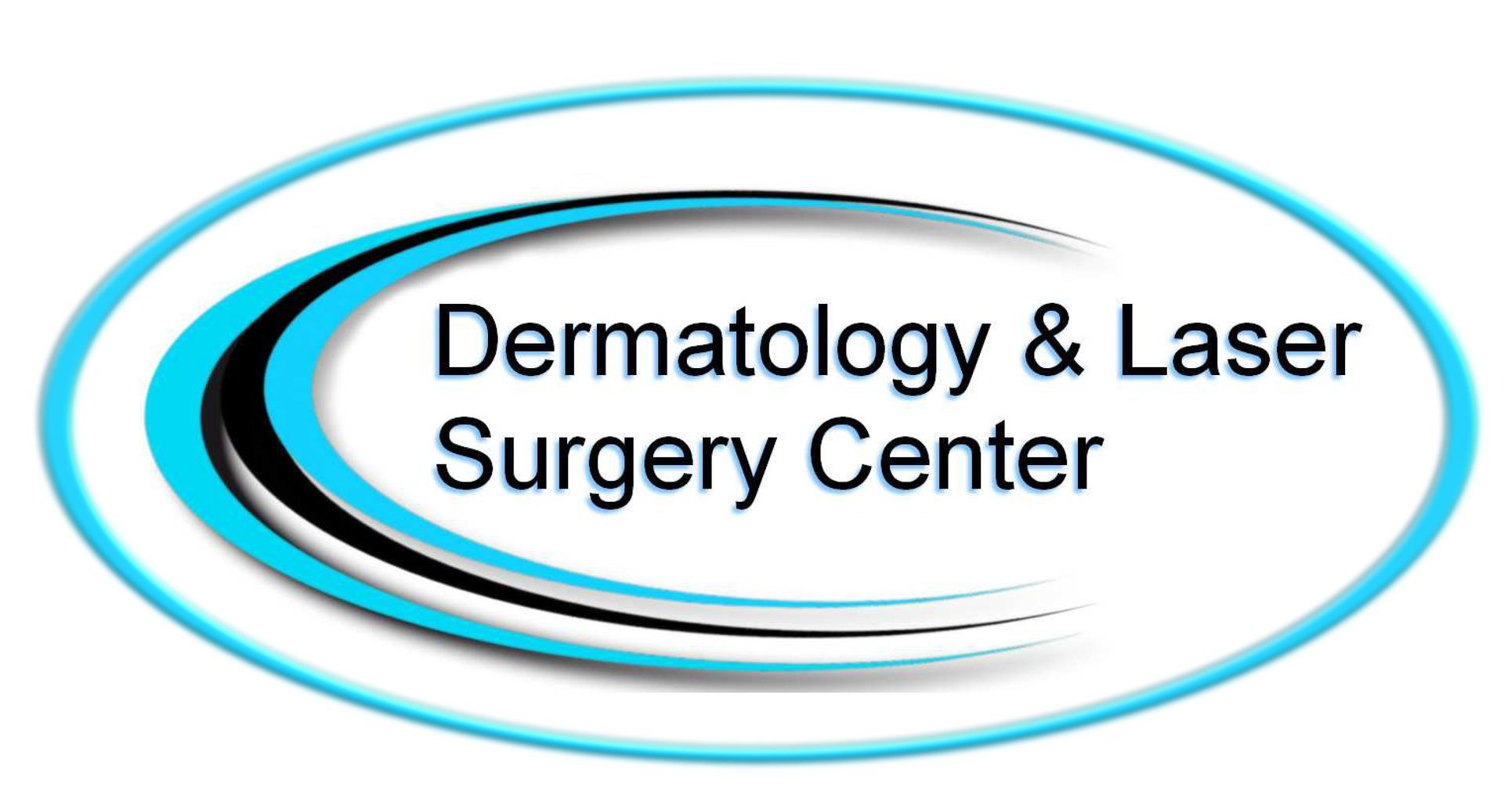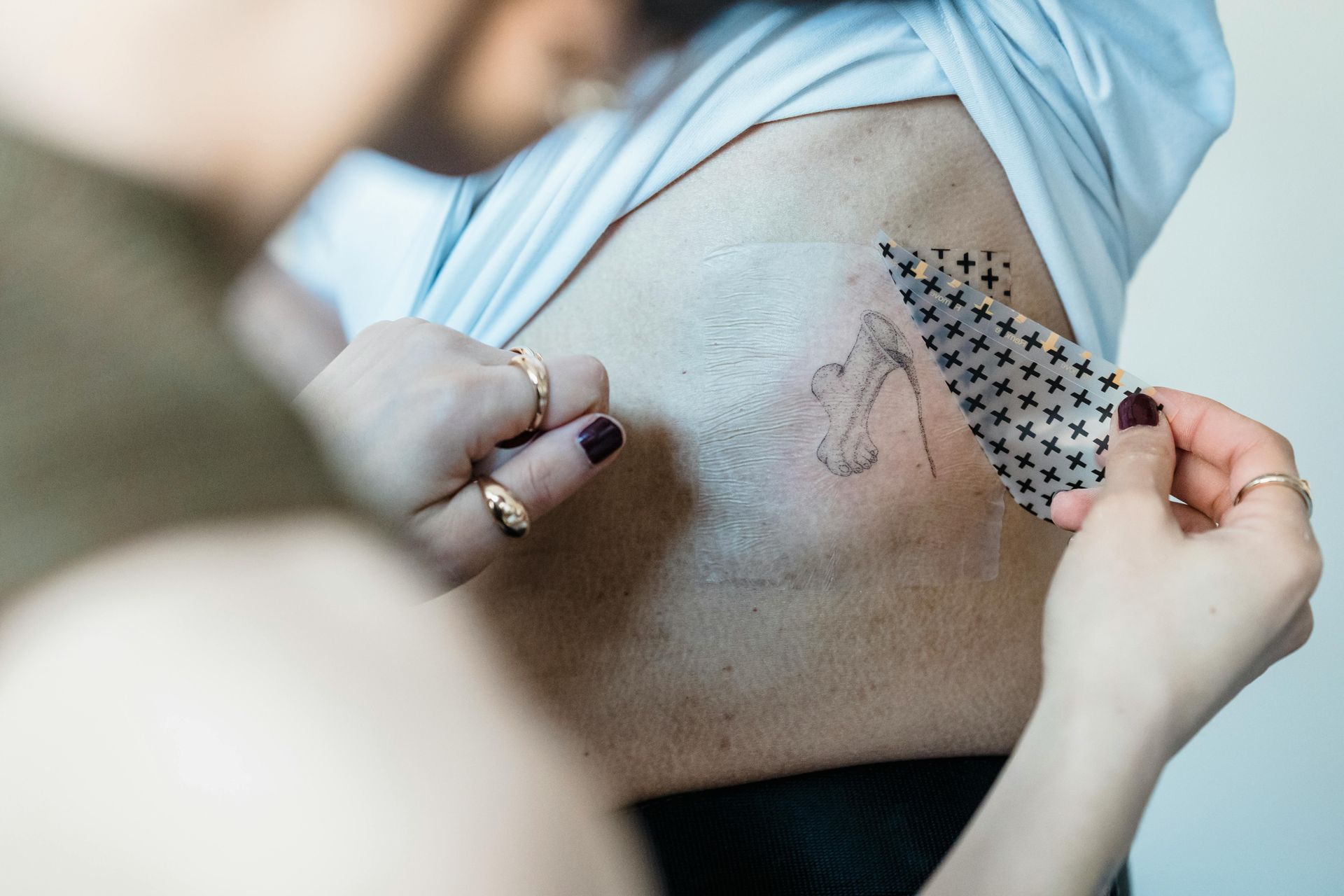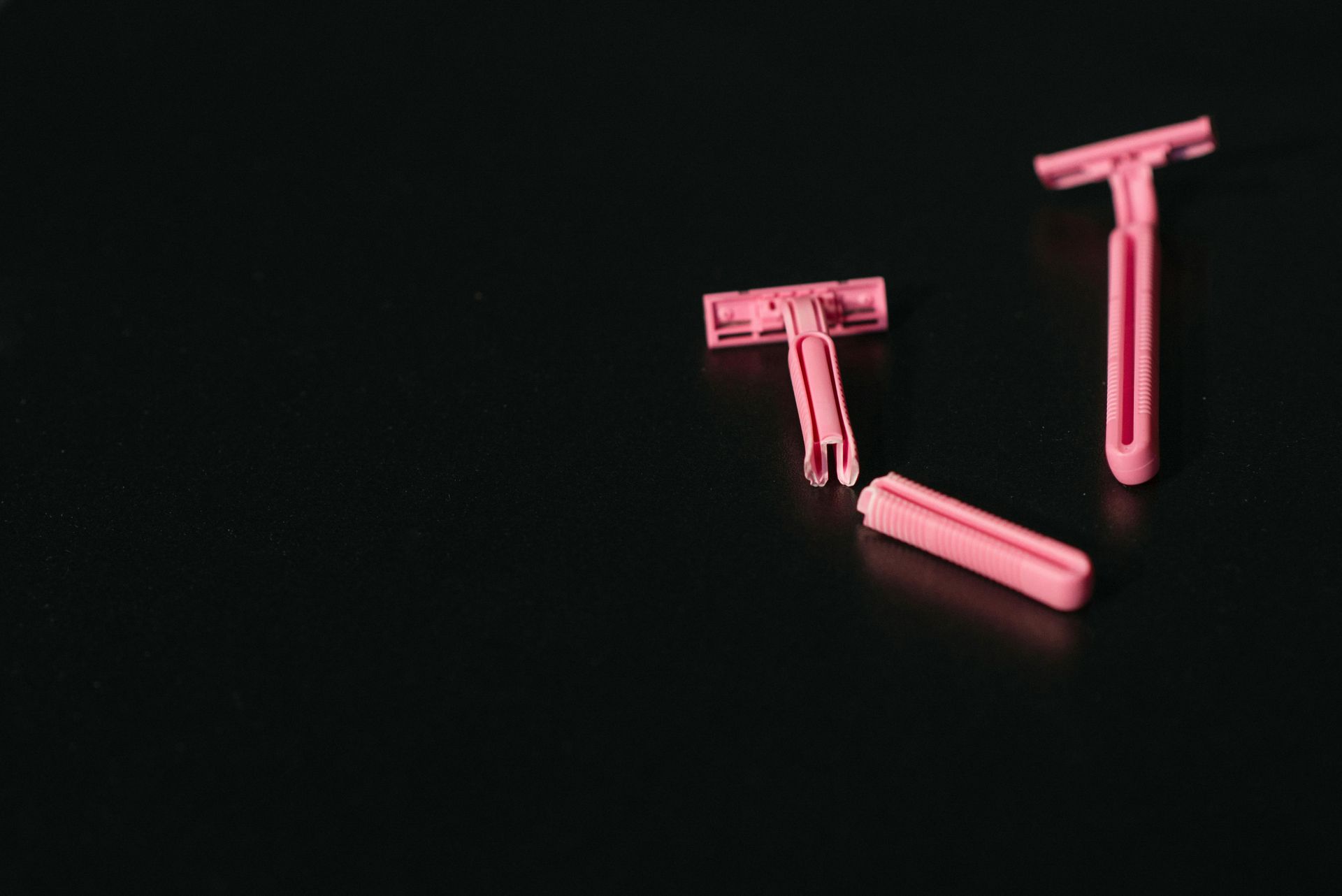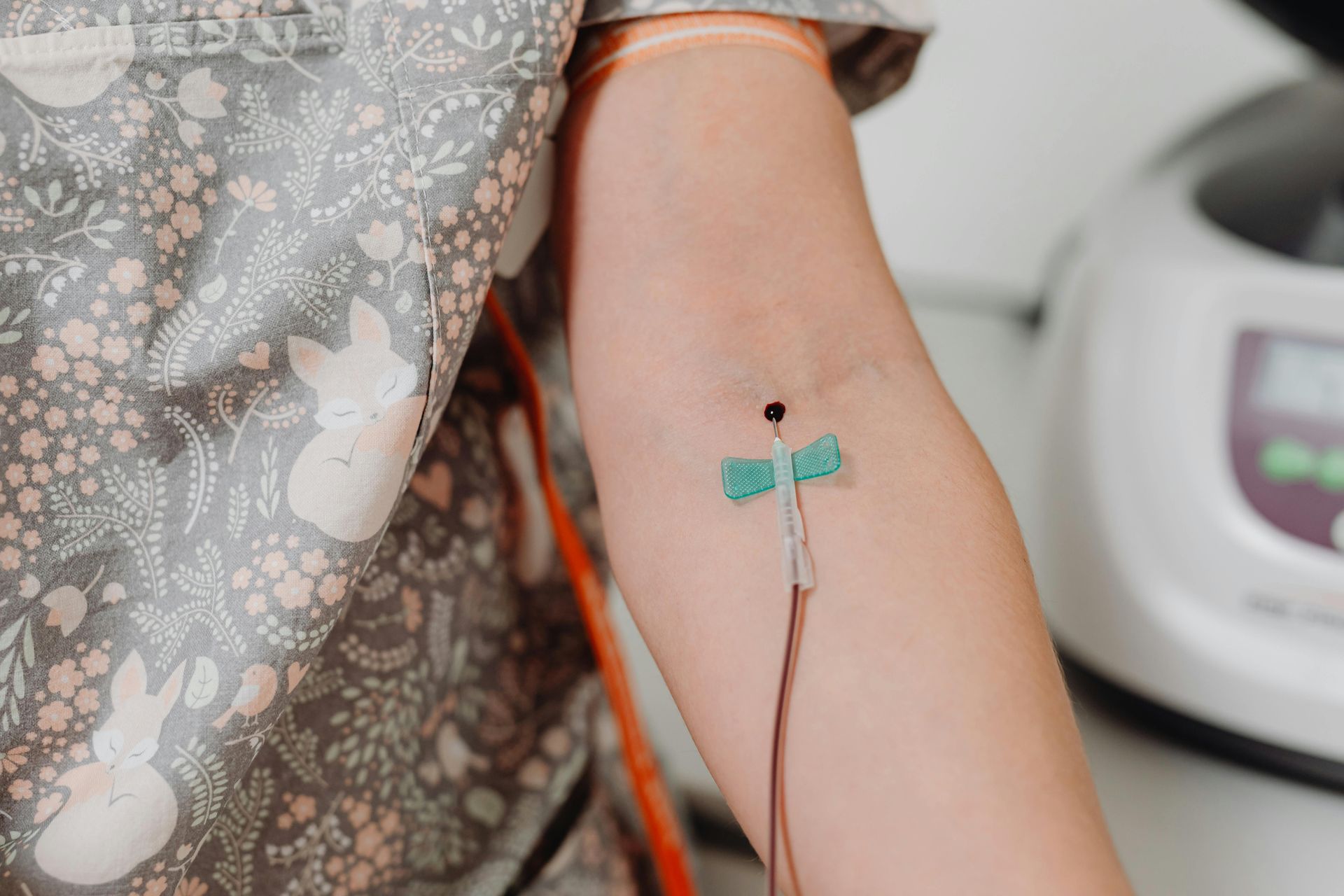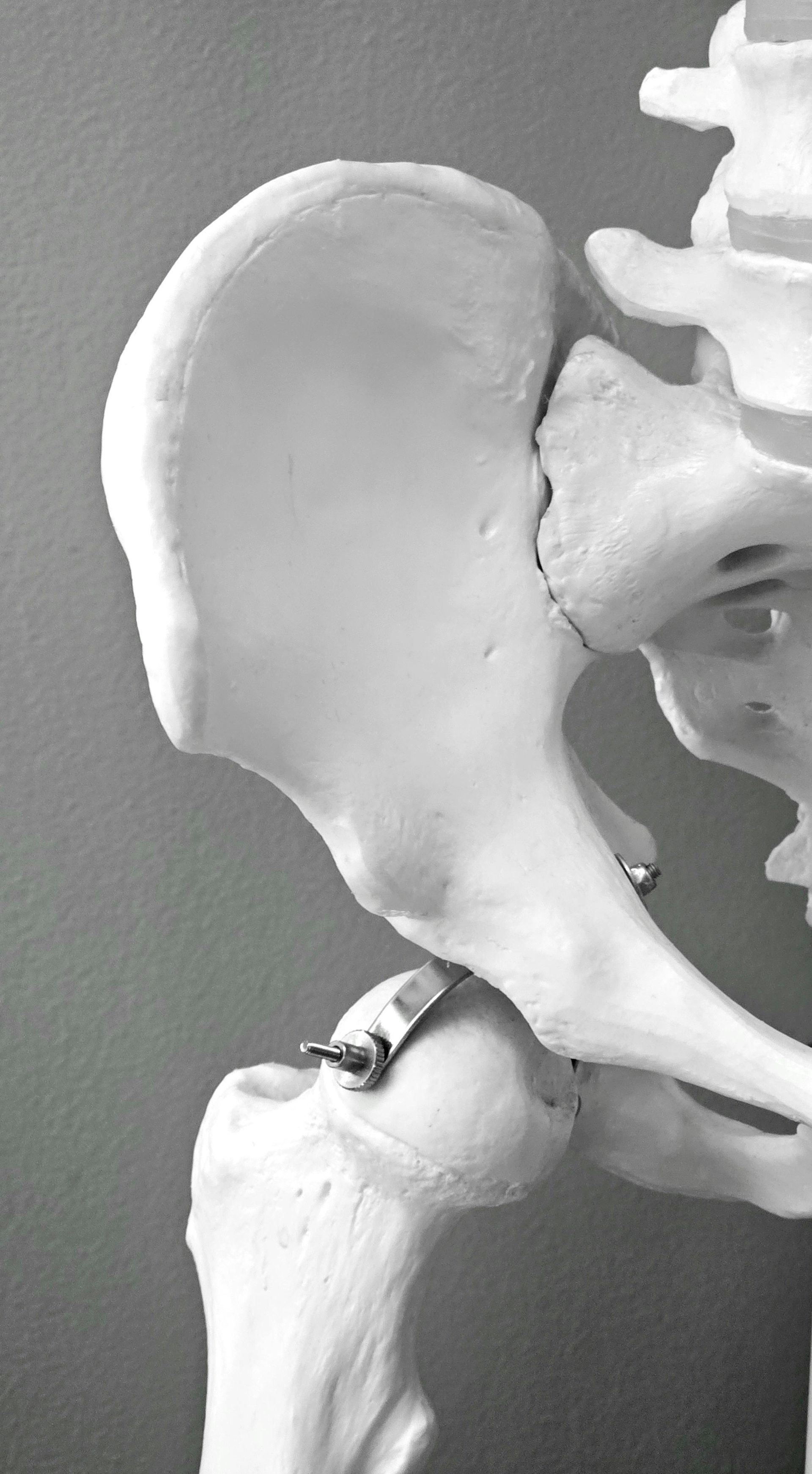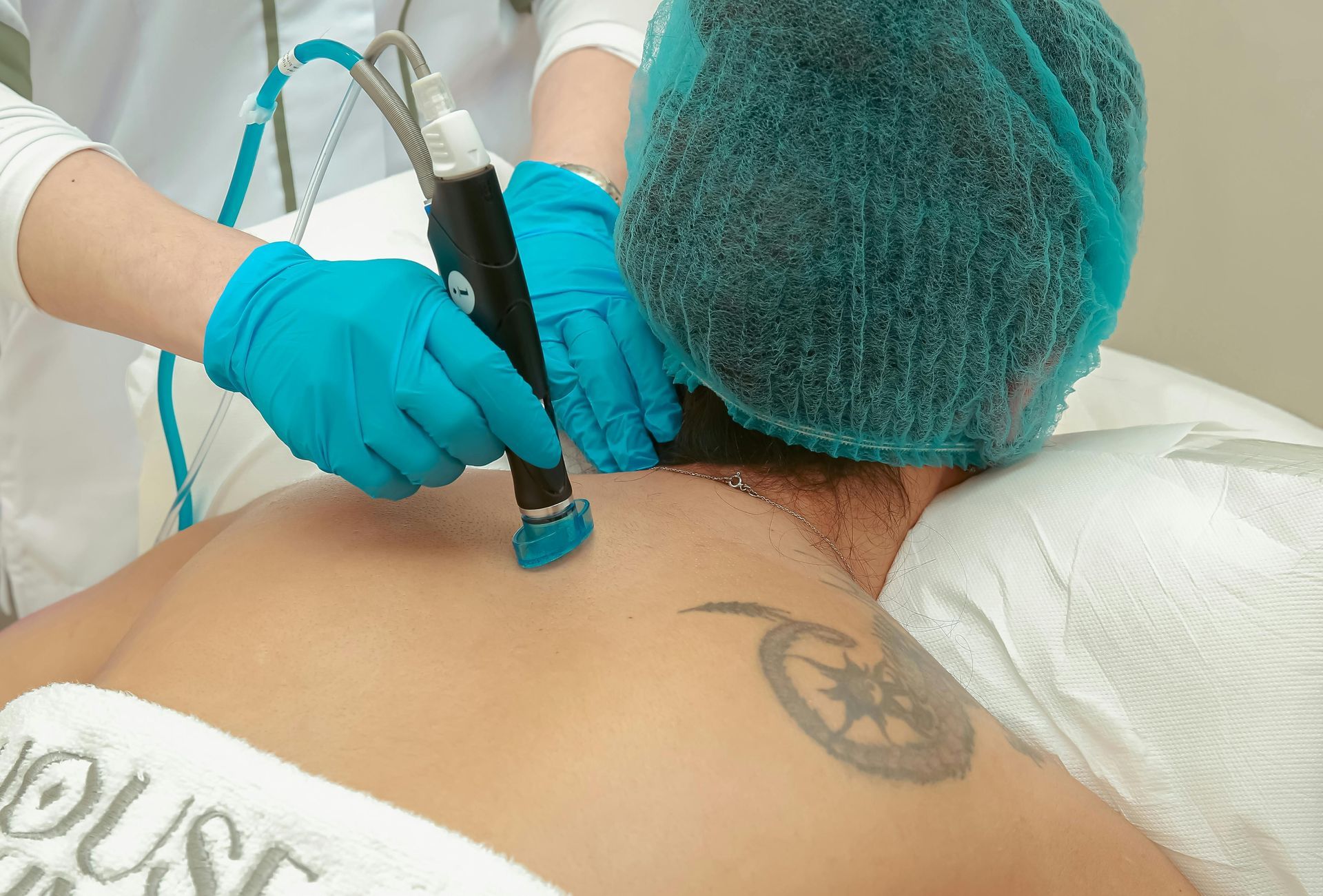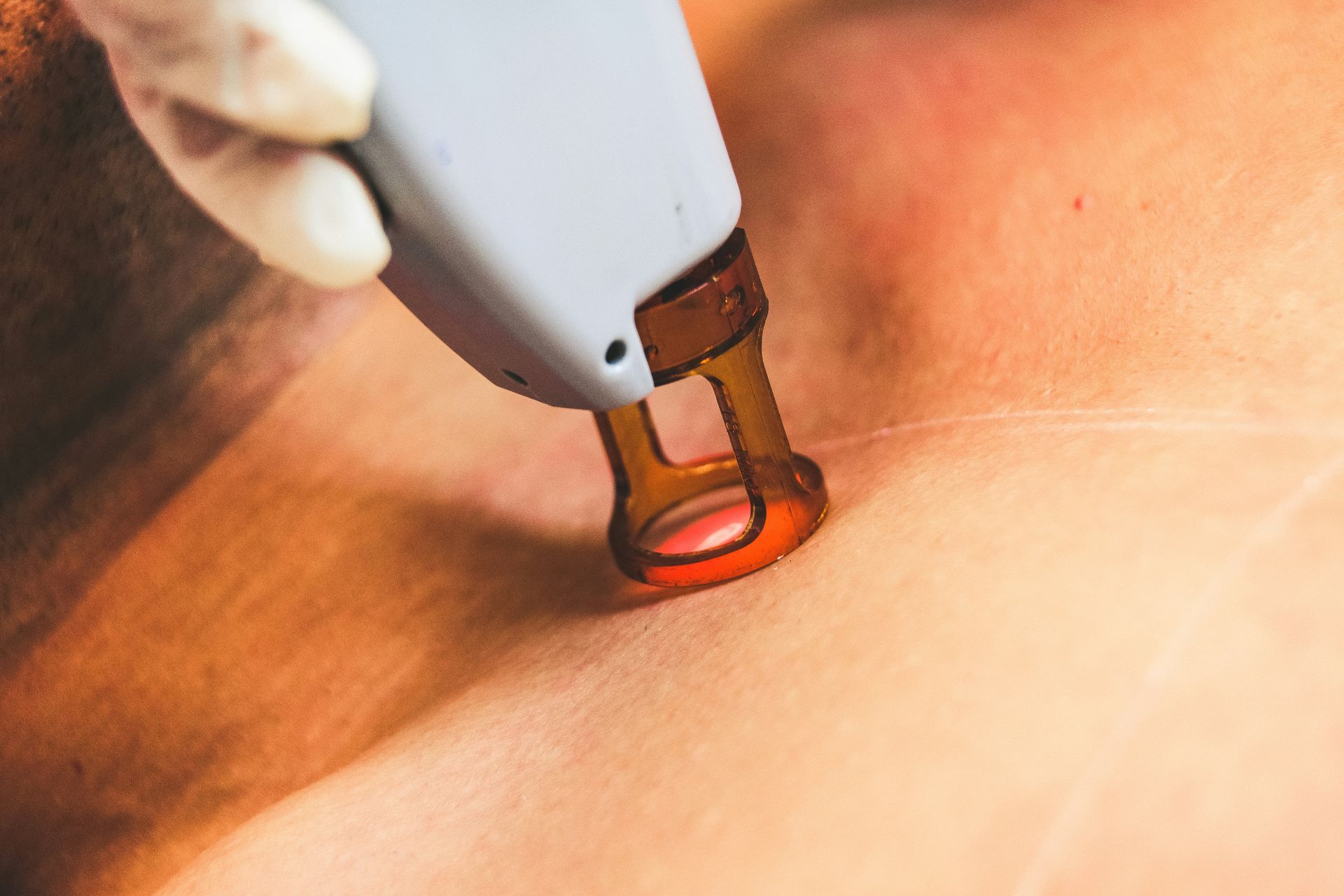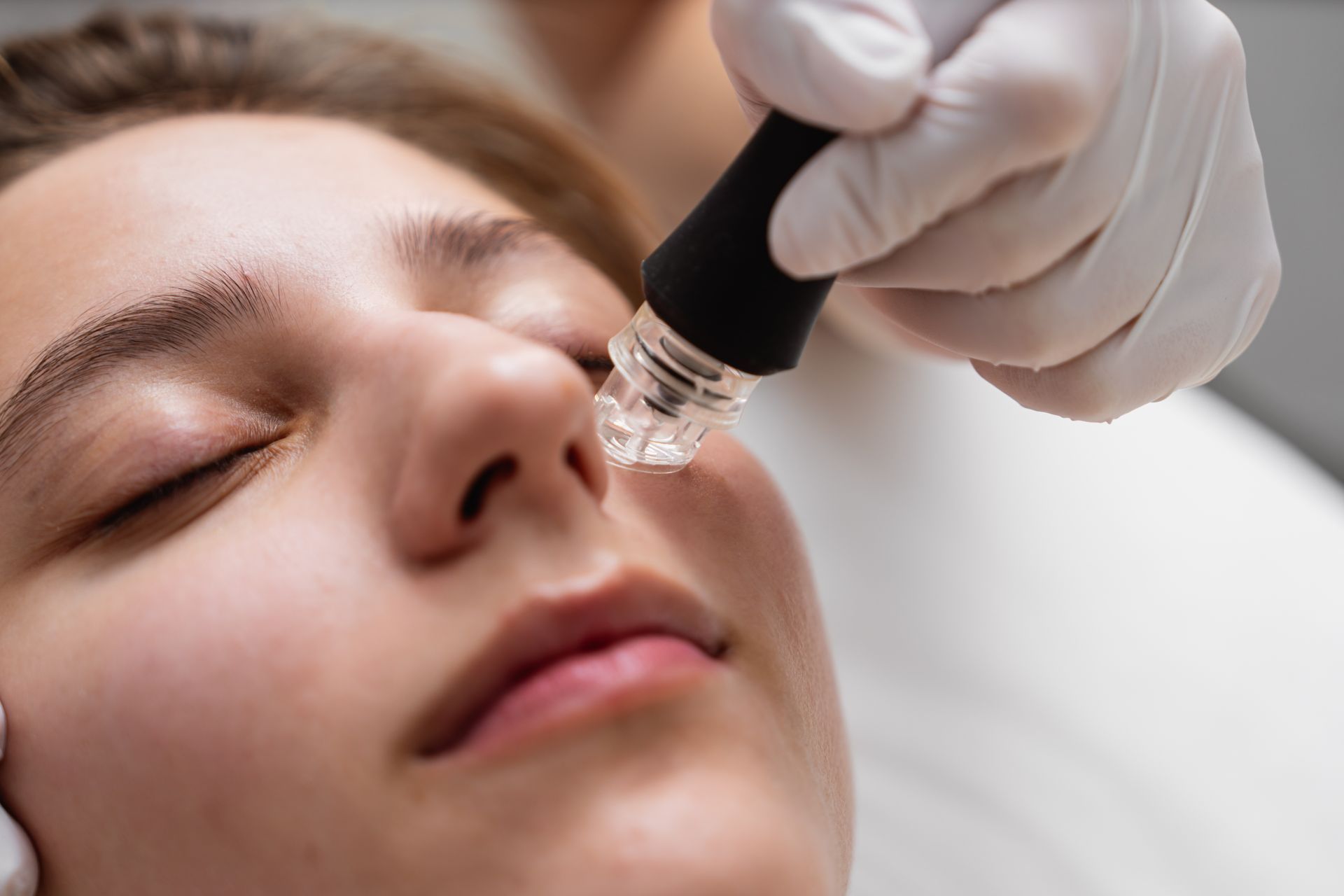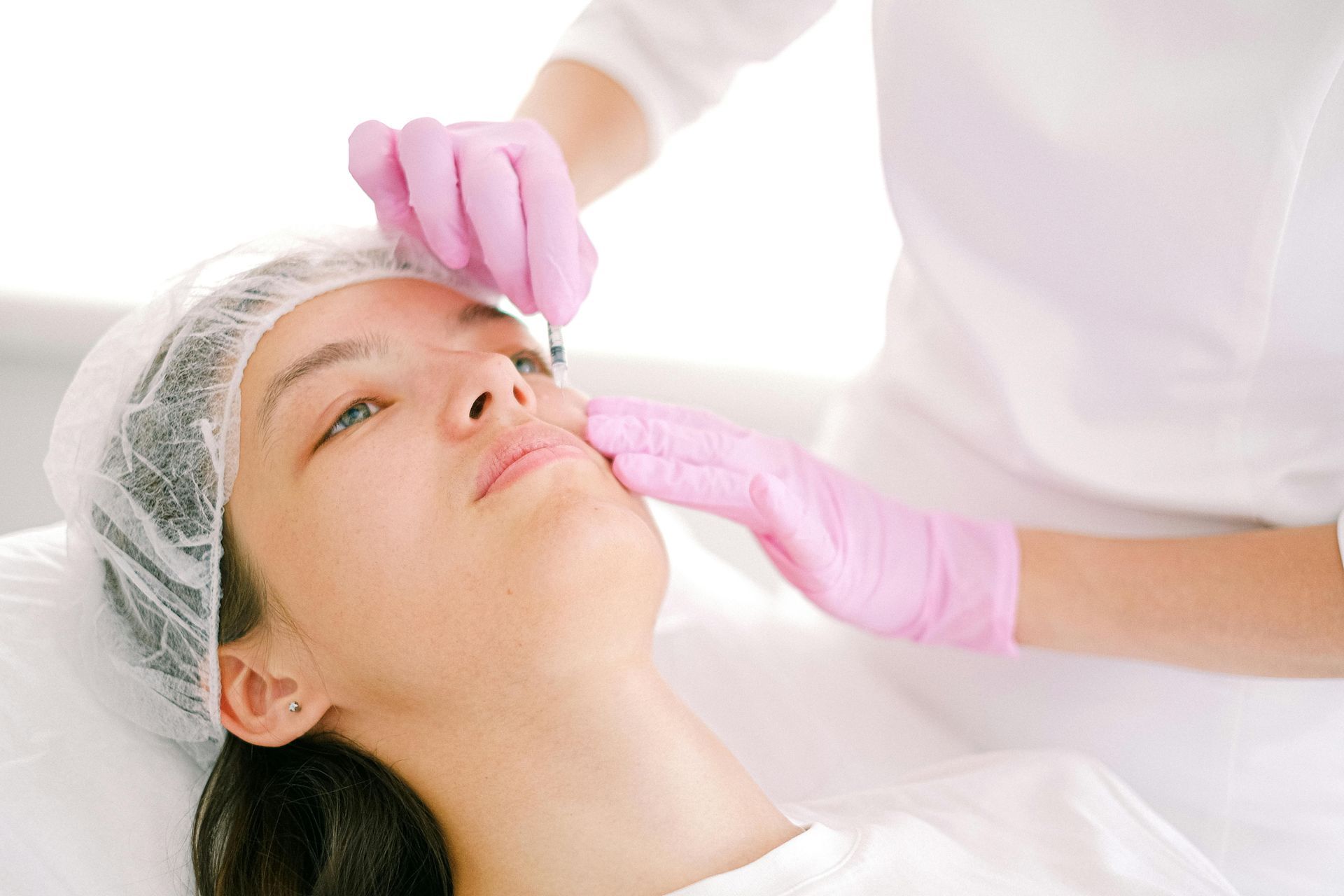Skin Rejuvenation Options for Every Major Skin Type
Aging skin is a natural part of life, but that doesn't mean you have to accept fine lines, sun damage, or loss of radiance. Modern dermatology clinics offer cosmetic and aesthetic services for skin rejuvenation, regardless of skin type or concerns. Whether you're dealing with dry patches, oily spots, sensitive reactions, or combination skin issues, there are proven options to help restore brightness and vitality to your complexion.
The world of facial rejuvenation has expanded dramatically over the past decade. What was once limited to invasive procedures is now a diverse landscape of non-surgical skin resurfacing methods, including energy and laser treatments, chemical peels, and manual exfoliation, that work with your skin's unique needs rather than against them. The key is understanding which treatments align with your specific skin type and goals.
Key Takeaways
- Different skin types require tailored approaches to skin rejuvenation, and one-size-fits-all solutions often fall short of delivering results.
- Non-surgical skin rejuvenation options like microneedling, chemical peels, and radiofrequency treatments provide effective alternatives to invasive procedures.
- Customized skin rejuvenation plans consider your skin type, sensitivity level, and underlying concerns to maximize benefits and minimize adverse reactions.
- Combining treatments can enhance results, but this requires proper spacing and professional guidance to avoid over-treating your skin.
- Consistent aftercare and sun protection are essential components of any skin rejuvenation regimen, regardless of which treatment you choose.
- Professional consultations help identify the best skin rejuvenation options for your individual needs and create a realistic timeline for visible improvements.
Non-Surgical Skin Rejuvenation Treatments
The shift toward non-surgical skin rejuvenation has given people more control over their treatment choices. These options offer flexibility, minimal downtime, and the ability to customize intensity levels based on your needs.
Microneedling for Skin Rejuvenation
Microneedling is a minimally invasive treatment that creates controlled micro-injuries to stimulate the skin's natural healing response. The procedure uses a device with fine needles to create tiny channels in the skin, prompting collagen and elastin production.
This technique works well for all skin types when performed by a qualified professional. For skin rejuvenation on oily skin, microneedling can help reduce pore size and improve texture. For dry skin types, it enhances the absorption of hydrating serums applied immediately after treatment. The procedure typically takes 30 to 45 minutes, and most people experience minimal redness that fades within 24 to 48 hours.
Results appear gradually as collagen remodels over several weeks. Many people benefit from a series of three to six treatments spaced four to six weeks apart for optimal skin rejuvenation outcomes. The depth of needle penetration can be adjusted, making this one of the most customizable skin rejuvenation options available.
Chemical Peels for Skin Rejuvenation
Chemical peels for skin rejuvenation work by applying a chemical solution to the skin that causes controlled exfoliation. Different peel strengths are available: light, medium, and deep. Light peels are suitable for all skin types and can be performed regularly, while deeper peels require more careful consideration based on your skin's tolerance.
Light peels remove only the outermost layer of skin, revealing fresher skin beneath. These work especially well for skin rejuvenation for sensitive skin because they're gentle enough for even reactive complexions. Medium peels penetrate deeper to address moderate sun damage and fine lines.
Different chemical solutions offer varying benefits. Glycolic acid peels are excellent for oily skin prone to congestion, while lactic acid peels are gentler and better suited for dry or sensitive skin. Salicylic acid works well for acne-prone skin, penetrating pores to clear buildup.
Recovery time varies by peel depth. Light peels require minimal downtime, while medium peels may involve a few days of flaking and redness. Most people can return to normal activities immediately after light peels, making them convenient options for those with busy schedules.
Laser Skin Rejuvenation
Laser skin rejuvenation uses concentrated light energy to target specific skin concerns like pigmentation, redness, texture, and fine lines. Different laser types address different issues, and selecting the right laser is crucial for achieving desired results with minimal complications.
Fractional lasers create microscopic treatment zones, leaving surrounding skin intact to accelerate healing. This approach makes fractional laser skin rejuvenation suitable for a broader range of skin types than older laser technology. Non-ablative lasers stimulate collagen without removing the skin's surface, offering gentler rejuvenation with less downtime.
For skin rejuvenation for dry skin, non-ablative lasers are typically preferred because they don't further compromise the skin barrier. Those with oily skin may tolerate fractional lasers well, as the precision targeting allows customization to problem areas like the T-zone.
Professional assessment is essential before pursuing laser skin rejuvenation because the treatment must be calibrated correctly for your specific skin type and tone. Darker skin types require particular attention and may benefit from longer wavelength lasers to minimize the risk of pigmentation changes.
Radiofrequency Treatments
Radiofrequency, or RF skin tightening, uses energy waves to heat deeper layers of skin, stimulating collagen production and tightening loose skin. This technology works by creating heat that triggers the body's natural repair response. The advantage of RF treatments is that they work effectively across all skin types without the risk of burns or pigmentation issues associated with some lasers.
RF skin tightening is particularly beneficial for those concerned with skin sagging and loss of elasticity. The treatment feels warm rather than painful, and most sessions last 20 to 40 minutes. Results continue to improve over several months as collagen remodels.
Multiple sessions are typically recommended for optimal results, usually spaced four to six weeks apart. Unlike laser treatments, RF skin tightening doesn't create an open wound on the skin, making it suitable for all skin types, including sensitive skin and those with darker complexions.
Customized Skin Rejuvenation for Different Skin Types
| Skin Type | Recommended Treatments | Treatments to Approach Carefully | Key Considerations |
|---|---|---|---|
| Dry Skin | Non-ablative lasers, RF tightening, gentle microneedling | Deep chemical peels, strong retinoids | Requires hydrating serums post-treatment; longer healing time possible |
| Oily Skin | Medium chemical peels, microneedling, fractional lasers | Non-active treatments only | Benefits from pore-minimizing effects; may need oil-control serums |
| Sensitive Skin | Light chemical peels, non-ablative RF, gentle microneedling | Strong peels, ablative lasers, retinoids | Patch testing essential; start with lowest intensity |
| Combination Skin | Customized fractional treatments, microneedling, light peels | Very deep treatments | Can target T-zone and cheeks differently within one session |
| Normal Skin | All options available | None absolute contraindications | Most flexible; can pursue comprehensive approaches |
Best Skin Rejuvenation Options for Dry Skin
Dry skin requires treatments that support hydration while stimulating renewal. Non-surgical skin rejuvenation approaches that enhance the skin barrier work best for this type. Gentle microneedling combined with hydrating serums allows moisture to penetrate more effectively. Non-ablative lasers provide collagen stimulation without disrupting the protective skin barrier.
Chemical peels for this skin type should be light and infrequent, perhaps quarterly rather than monthly. Always apply rich moisturizers and barrier-supporting ingredients like ceramides and hyaluronic acid immediately after treatment. Avoid anything that strips the skin of natural oils.
Best Skin Rejuvenation Options for Oily Skin
Oily skin often benefits from more intensive exfoliation approaches. Medium-strength chemical peels work well for clearing congestion and improving texture. Microneedling helps regulate sebum production and reduce enlarged pore appearance. Fractional laser skin rejuvenation can be precisely targeted to oily zones without affecting less problematic areas.
These treatments help normalize oil production while providing the anti-aging benefits of collagen stimulation. Post-treatment, use lightweight, oil-free moisturizers and serums designed for oily skin to avoid re-clogging pores.
Best Skin Rejuvenation Options for Sensitive Skin
Sensitive skin requires the gentlest approach to facial rejuvenation. Light chemical peels with soothing ingredients like chamomile or green tea are preferable to stronger peels. Non-ablative RF skin tightening is particularly well-suited because it doesn't create surface trauma. Very gentle microneedling with light needle depth can work if performed by experienced professionals.
Always perform a patch test before committing to full-face treatment. Allow longer recovery periods between sessions, typically eight weeks or more. Use calming, fragrance-free products to support skin healing post-treatment.
Best Skin Rejuvenation Options for Combination Skin
Combination skin benefits from customized approaches that treat different facial zones differently. Fractional laser skin rejuvenation and professional microneedling can be adjusted by area. Chemical peels can be applied more extensively to oily zones and more carefully to dry areas.
This flexibility is one of the advantages of professional treatments. Communicate your specific concerns clearly so practitioners can tailor intensity and coverage accordingly.
Combining Treatments for Enhanced Results
Many people discover that combining treatments produces superior results to single modalities alone. However, strategic planning is essential to avoid over-treating skin and triggering excessive irritation.
Professional practitioners often recommend spacing different treatments strategically. For example, combining microneedling for skin rejuvenation with light chemical peels might involve microneedling one month, then a chemical peel three weeks later. This timing allows skin recovery while building results progressively.
RF skin tightening pairs well with other treatments because it doesn't create surface damage. Many offices combine RF with microneedling or chemical peels for comprehensive anti-aging skin treatments addressing multiple concerns simultaneously.
Avoid combining treatments on the same day unless specifically recommended by your practitioner, as this can overwhelm skin and extend recovery. Most skincare professionals recommend spacing treatments at least two to three weeks apart.
Post-Treatment Care and Maintenance
The success of any skin rejuvenation treatment depends significantly on proper aftercare. Following these guidelines ensures lasting transformation:
- Sun Protection: Apply broad-spectrum SPF 30 or higher daily for at least one week post-treatment, and extend to 4-6 weeks for deeper procedures. This is the most critical step for protecting your skin rejuvenation investment.
- Hydration: Keep skin well-hydrated during recovery with gentle cleansers and hydrating products like serums with hyaluronic acid and appropriate moisturizers for your skin type.
- Avoid Irritants: Skip makeup, sweating, and swimming for 24-48 hours after most treatments. Use gentle cleansers and avoid hot water and physical exfoliation during healing.
- Follow Specific Instructions: Different skin rejuvenation treatments have different requirements. Always adhere to your practitioner's post-care recommendations.
Schedule Maintenance: Build maintenance visits into your routine. Light chemical peels every 4-6 weeks or annual microneedling sessions help sustain results and ensure lasting benefits from your initial investment in facial rejuvenation.
FAQs about Skin Rejuvenation Options
How long before I see results from skin rejuvenation treatments?
Results vary by treatment type. Light treatments like chemical peels show immediate improvements in radiance and texture. Microneedling and laser skin rejuvenation reveal gradual changes over 4 to 8 weeks as collagen remodels. RF skin tightening shows progressive tightening over 3 to 6 months. Most people benefit from a series of treatments spaced weeks apart for optimal skin rejuvenation outcomes.
Are skin rejuvenation treatments safe for all skin types?
While many treatments work across all skin types, customization is essential. Non-ablative options like RF skin tightening and gentle microneedling work well universally. Laser treatments require careful selection based on skin tone and type. Always consult with a qualified professional who can assess your individual skin and recommend appropriate skin rejuvenation options.
How much downtime should I expect?
Downtime varies significantly. Light chemical peels and non-ablative RF treatments require minimal to no downtime. Microneedling typically involves redness for 24 to 48 hours. Fractional laser skin rejuvenation may require 3 to 7 days of recovery. Your practitioner will provide specific expectations based on your chosen treatment.
Can I combine skin rejuvenation treatments?
Yes, combining treatments often produces enhanced results when done strategically. Space different procedures at least 2 to 3 weeks apart to allow adequate healing. Professional guidance ensures you don't over-treat your skin. Many customized skin rejuvenation plans incorporate multiple modalities for comprehensive anti-aging benefits.
What's the cost range for skin rejuvenation treatments?
Costs vary widely based on treatment type, geographic location, and provider experience. Light chemical peels might range from $100 to $300 per session, while laser skin rejuvenation and microneedling typically range from $200 to $500 per treatment. RF skin tightening sessions generally fall between $300 and $800. Most people benefit from package pricing when committing to multiple sessions for comprehensive skin rejuvenation.
Final Thoughts
At present, different skin rejuvenation options are accessible for nearly everyone. Whether you pursue non-surgical skin rejuvenation, laser skin rejuvenation, or microneedling, the key is understanding your skin type and pairing professional treatments with consistent home care. Schedule a consultation with a qualified professional to determine which skin rejuvenation options work best for your goals, then commit to the process with proper sun protection and maintenance. With the right customized approach, you can achieve the anti-aging results you're seeking.
Discover which skin rejuvenation option works best for you—schedule your appointment now.
References:
https://my.clevelandclinic.org/health/treatments/23113-microneedling
https://my.clevelandclinic.org/health/treatments/24683-radio-frequency-rf-skin-tightening
